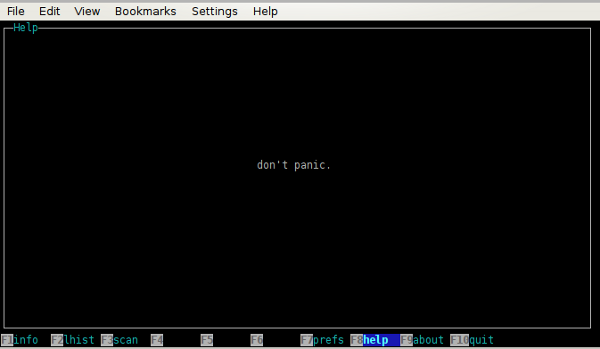LibreOffice 4.2 offers increased performance and interoperability
The Document Foundation has announced the release of LibreOffice 4.2 for Linux, Windows and Mac OS X. The new version is better integrated into Windows 7 and 8, as it now groups the preview of opened documents on the taskbar by application. A list of the last documents opened can now be displayed on the taskbar with a right mouse click.
According to The Document Foundation, Calc – the spreadsheet application – has undergone the most extensive changes in its history, which should result in considerable increases in speed when calculating large volumes of data. A new optional formula interpreter enables massively parallel calculation of formula cells using the GPU via OpenCL.
In addition to this, LibreOffice developers have improved interoperability with Microsoft Office, particularly when reading and writing .docx files. Amongst other things, LibreOffice 4.2 interprets MS SmartArt graphics better than the previous version. New import filters now also read Abiword documents and Apple Keynote presentations. A new start screen now shows a preview of recently opened documents.

The improvements also include the option in Windows environments the ability of centrally managing and locking down the configuration with Group Policy Objects via Active Directory and blocking individual options.
On the mobile side, LibreOffice now supports an Impress Remote Control for iOS – in addition to the already available Impress Remote Control for Android – which allows visual management of presentation delivery on the laptop using the screen of an iPhone or iPad. The app is currently waiting for review from Apple, and will be announced as soon as it is available on iTunes Store.
Moreover, the development team has also cleaned up and tweaked the user interface and revised 70% of dialog boxes. It will also look more modern due to the new flat Sifr icon set.
All the new and improved features of LibreOffice 4.2 have been summarised here.
 With a massive majority of 130 in favour, 0 against and one abstention, the Grand Council (Grossrat), the parliament of the Canton of Bern, has passed the motion “To exploit synergies when using software in the Canton of Bern”,
With a massive majority of 130 in favour, 0 against and one abstention, the Grand Council (Grossrat), the parliament of the Canton of Bern, has passed the motion “To exploit synergies when using software in the Canton of Bern”, 
 At the start of the week, China suffered a major internet outage for several hours,
At the start of the week, China suffered a major internet outage for several hours, 
 Content on Wikipedia should not only be made available under a free licence, but also in free formats. As this is associated with limitations the Wikimedia multimedia team has launched a
Content on Wikipedia should not only be made available under a free licence, but also in free formats. As this is associated with limitations the Wikimedia multimedia team has launched a 

